15 Ways To Tell If A Cat Is Feral (And How To Handle It)

Ever spotted a skittish cat in your neighborhood and wondered if it’s someone’s pet or a wild feral? Telling the difference isn’t always easy, but it matters for both your safety and the cat’s wellbeing.
Feral cats are essentially wild animals that have never been socialized with humans, making them behave very differently from the friendly feline lounging on your couch.
1. Body Language Speaks Volumes
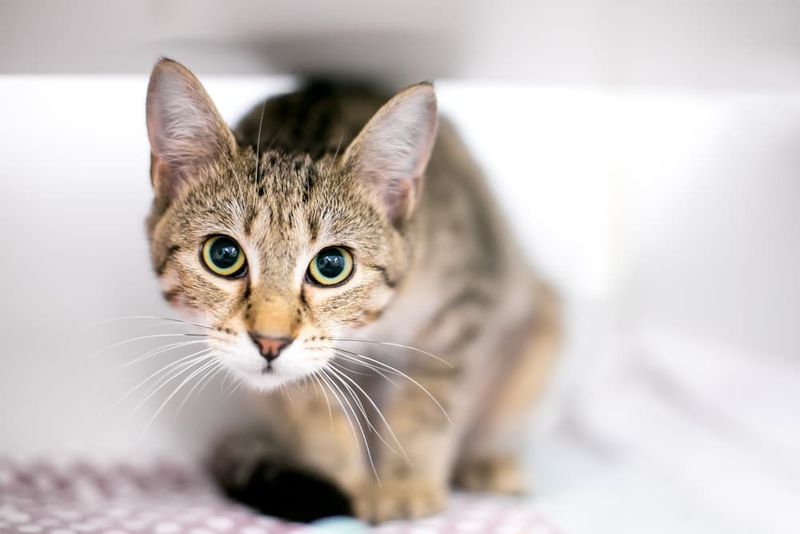
Feral cats hold their bodies differently than domestic cats. They crouch low to the ground, ears flattened and pupils dilated, ready to flee at any moment.
Their tails often tuck between their legs rather than standing tall. This defensive posture shows they perceive humans as threats, not friends. When approaching, stay low yourself and move slowly to appear less intimidating.
2. The Silent Treatment
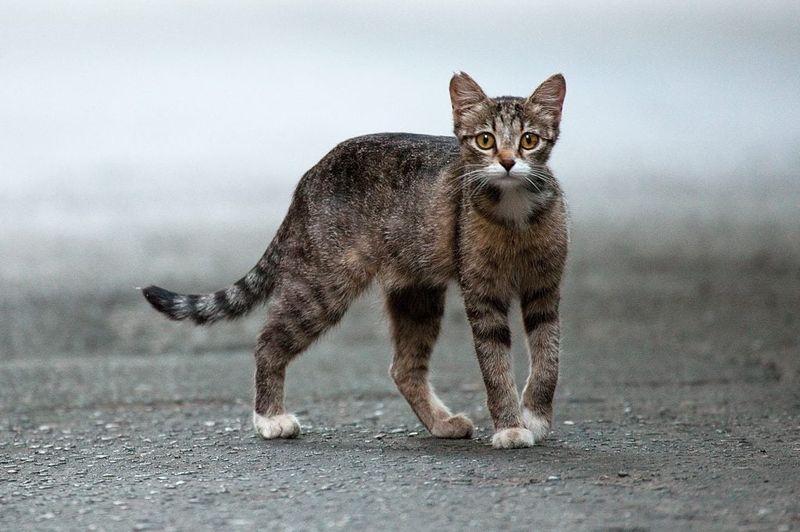
Unlike your chatty house cat, feral felines rarely meow at humans. Meowing evolved specifically as cat-to-human communication, something ferals never learned.
They communicate through body language instead. You might hear hissing or growling if they feel threatened, but friendly vocalizations are almost nonexistent. When working with potential ferals, respect their silence and avoid forcing interaction.
3. Nighttime Activity Patterns
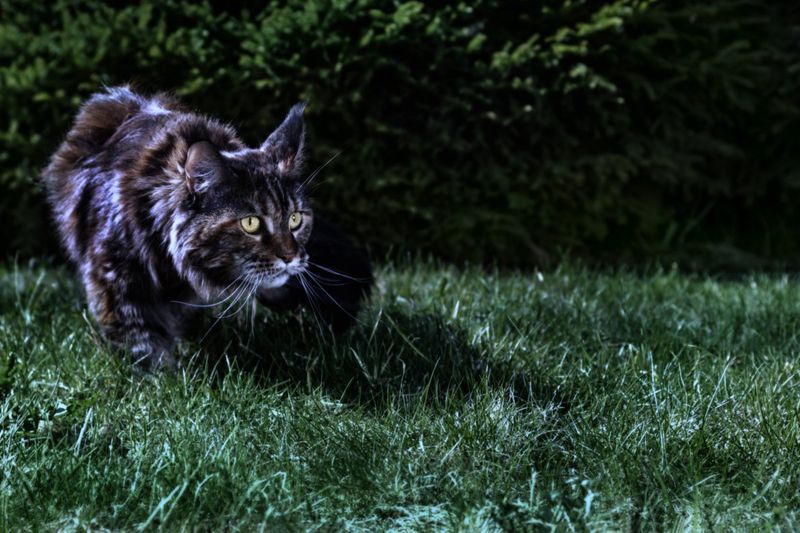
Moonlight reveals the true nature of feral cats. They’re primarily nocturnal, coming out after sunset when human activity diminishes and hunting opportunities increase.
Domestic cats adapt to human schedules, while ferals stick to wild patterns. If you only spot a cat during night hours, it’s a strong indicator of feral behavior. Motion-activated cameras can safely document their activity without causing stress.
4. Eating Habits Reveal Origins
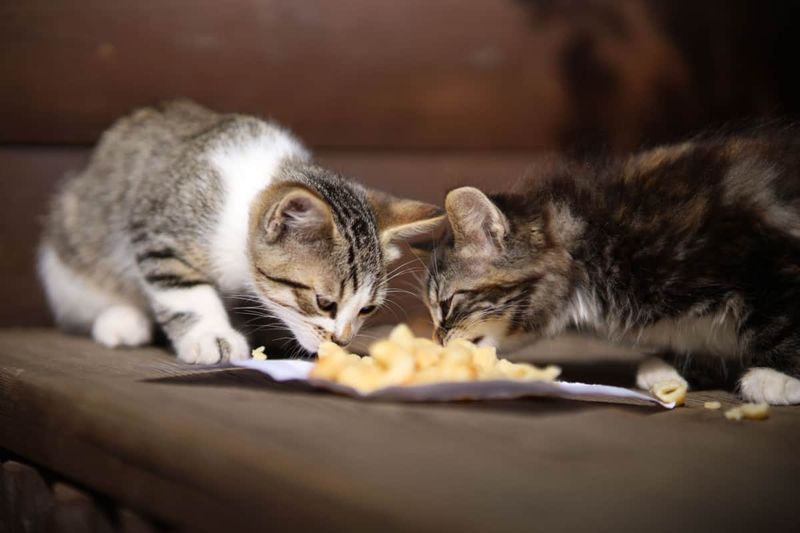
Watch how a cat approaches food. Domestic cats typically eat calmly, even with humans nearby. Ferals snatch food and retreat to eat in private, often returning only when humans are gone.
They’ll wait until you’re a safe distance away before approaching. Establish feeding stations at consistent times but maintain distance. Eventually, they may associate your presence with food without feeling threatened.
5. Living Arrangements Tell Tales

Feral cats create hidden homes in abandoned buildings, under porches, or within dense vegetation. They rarely seek human shelter voluntarily.
These makeshift dens offer protection from predators and weather extremes. If you discover such hideaways with signs of regular feline use, you’re likely dealing with ferals. Provide weatherproof shelters nearby rather than disturbing their established homes.
6. Group Dynamics Give Clues

Stumbling upon multiple cats living together? Feral cats often form colonies with complex social structures. These groups share resources and protect territory together.
Domestic strays typically remain solitary unless they’re from the same household. Colony members display coordinated behaviors and hierarchies. When managing feral populations, understanding these dynamics helps implement effective trap-neuter-return programs without disrupting their social bonds.
7. Fear Response Reveals History
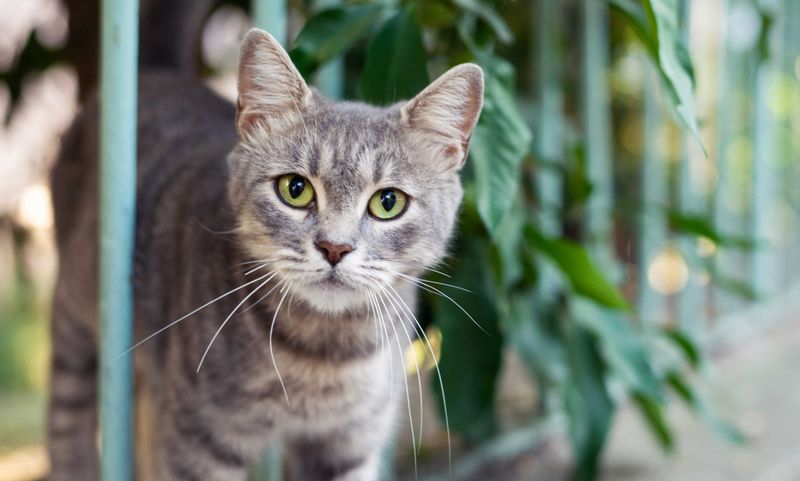
A cat’s reaction to your presence tells volumes about its background. Feral cats display extreme fear responses – freezing completely or bolting immediately upon human detection.
They maintain escape routes and might hide for hours after being spotted. This intense fear stems from lack of early socialization with humans. When approaching potential ferals, always provide clear escape paths to reduce their stress and prevent defensive aggression.
8. Grooming Habits Indicate Status
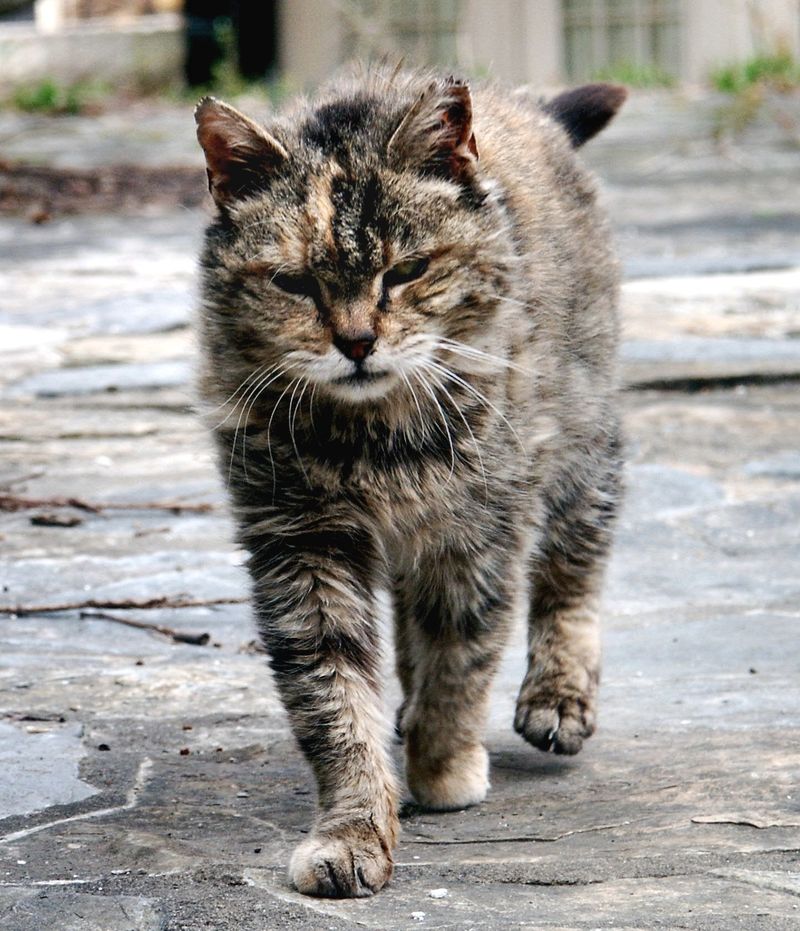
Unkempt fur often signals a feral lifestyle. Without human assistance, these cats can’t address all grooming needs, leading to matted fur, especially in longhaired varieties.
Battle scars, notched ears, and untreated minor injuries are common. However, ferals still self-groom, just less effectively than house cats. When implementing TNR programs, note that unusually poor condition might indicate illness requiring medical intervention beyond standard neutering.
9. The Invisible Boundary
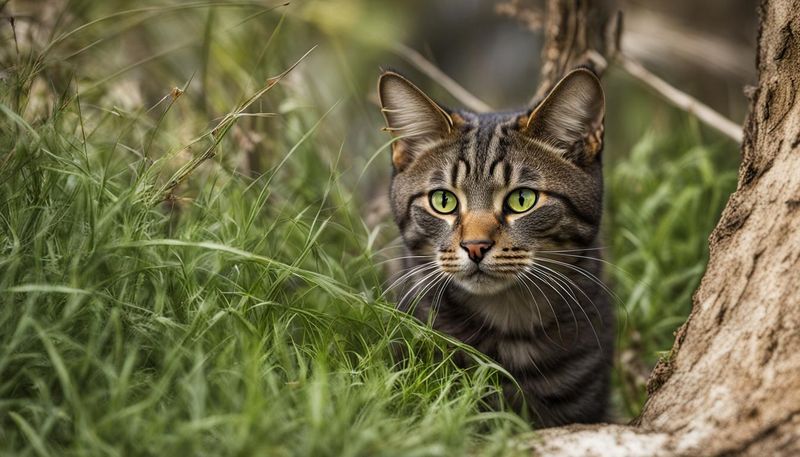
Feral cats maintain strict personal space boundaries. They’ll consistently keep specific distances from humans – typically 10+ feet minimum – and become visibly distressed if cornered.
This invisible barrier remains consistent over time. Patient feeders might gradually reduce this distance over months, but it rarely disappears completely. When managing ferals, respect these boundaries by using long-handled tools for feeding and cleaning rather than forcing closer contact.
10. Age Reveals Socialization Window
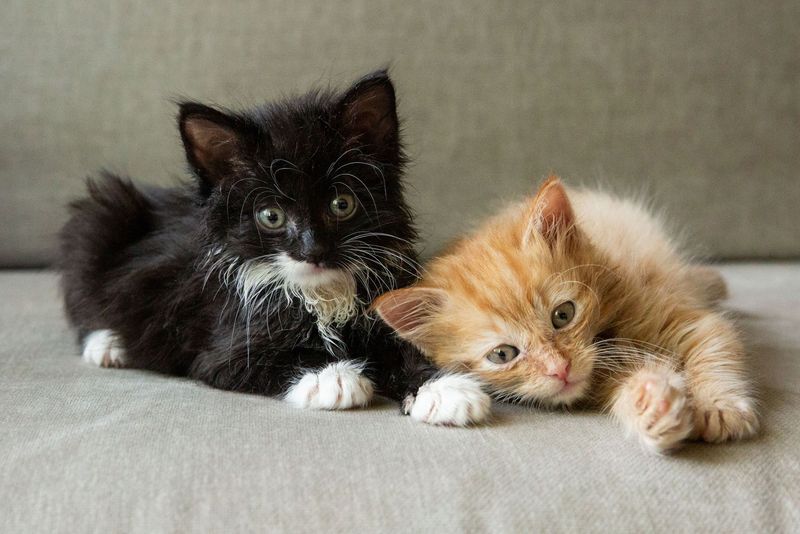
Kittens under 8 weeks old represent a crucial turning point. Even feral-born kittens can become fully socialized house cats if handled properly before this critical window closes.
After 12 weeks, the process becomes increasingly difficult. Adult ferals rarely transition to indoor pets successfully. When finding feral kittens, professional assessment of age helps determine appropriate intervention – socialization for young kittens versus TNR for older ones.
11. Ear-Tipping Signals TNR Status
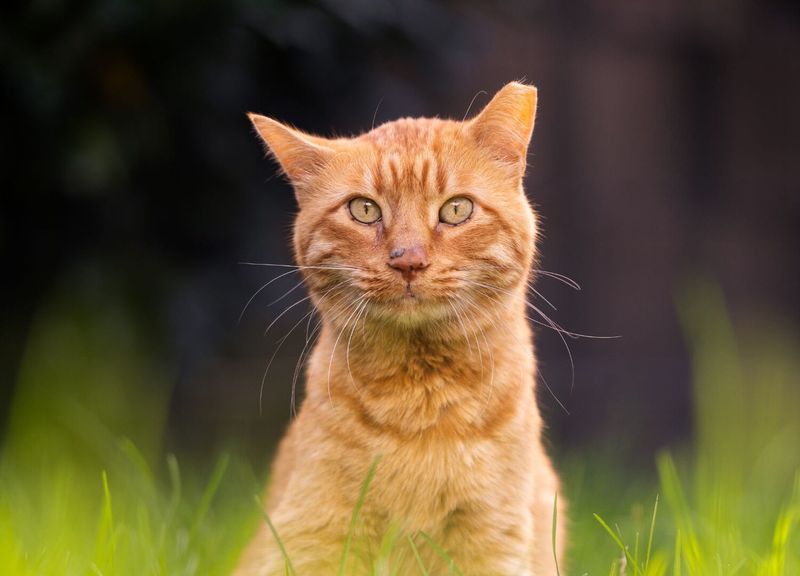
Check for a cleanly-tipped left ear – the universal sign of a cat that’s been through a Trap-Neuter-Return program. This small surgical removal of the ear tip happens during spay/neuter surgery.
It allows caretakers to identify already-treated cats from a distance without recapturing them. When spotting an ear-tipped cat, know it’s being monitored by caretakers and has received veterinary care, even if it appears completely wild.
12. Trap Response Reveals Truth
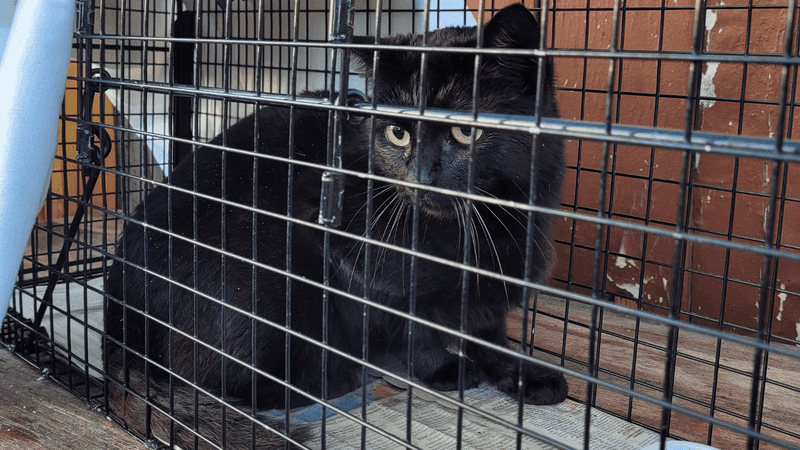
Humane trapping often confirms feral status definitively. Domestic strays typically adjust to trap confinement quickly, while ferals become frantic, sometimes injuring themselves attempting escape.
They’ll thrash against cage walls and may hiss continuously. When trapping suspected ferals, use proper equipment with covers to reduce stress. Transport immediately to veterinary services and minimize handling time to prevent trauma and injury.
13. Hunting Proficiency Shows Independence
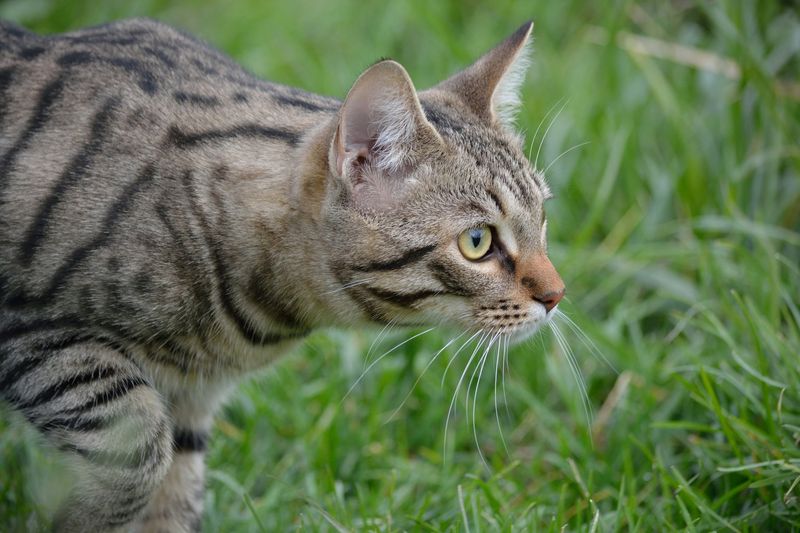
Feral cats display remarkable hunting skills compared to domestic counterparts. They stalk with precision, successfully catching birds, rodents, and insects as primary food sources.
Many domestic cats never develop effective hunting techniques. Finding evidence of successful hunts near a cat’s territory strongly suggests feral status. When managing colonies, understand that hunting is essential to their survival even with supplemental feeding.
14. Seasonal Behavior Patterns
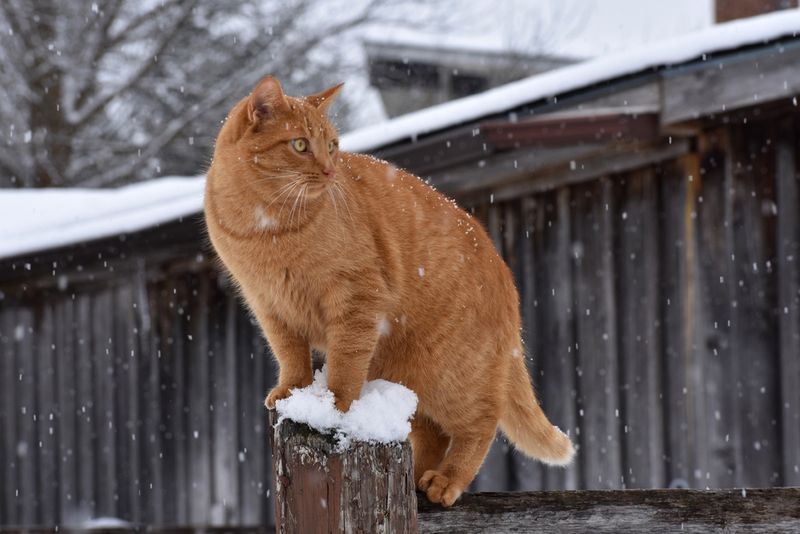
Feral cats follow natural seasonal cycles more strictly than pets. Females show clear breeding seasons, with kitten births peaking in spring and early fall.
Males display increased territorial behavior during these times. Winter brings resource-sharing and shelter-seeking behaviors not seen in warmer months. Understanding these patterns helps time TNR efforts effectively, targeting cats before breeding seasons to maximize population control.
15. Response To TNR Professionals

Professional feral cat handlers can quickly distinguish true ferals from strays through specialized handling techniques. Using proper equipment like control poles and feral cat dens, they assess stress responses and socialization levels.
Truly feral cats remain wild even with expert handling. If considering intervention, consult local TNR groups rather than attempting capture yourself. Their experience prevents unnecessary stress and injuries to both cats and humans.






